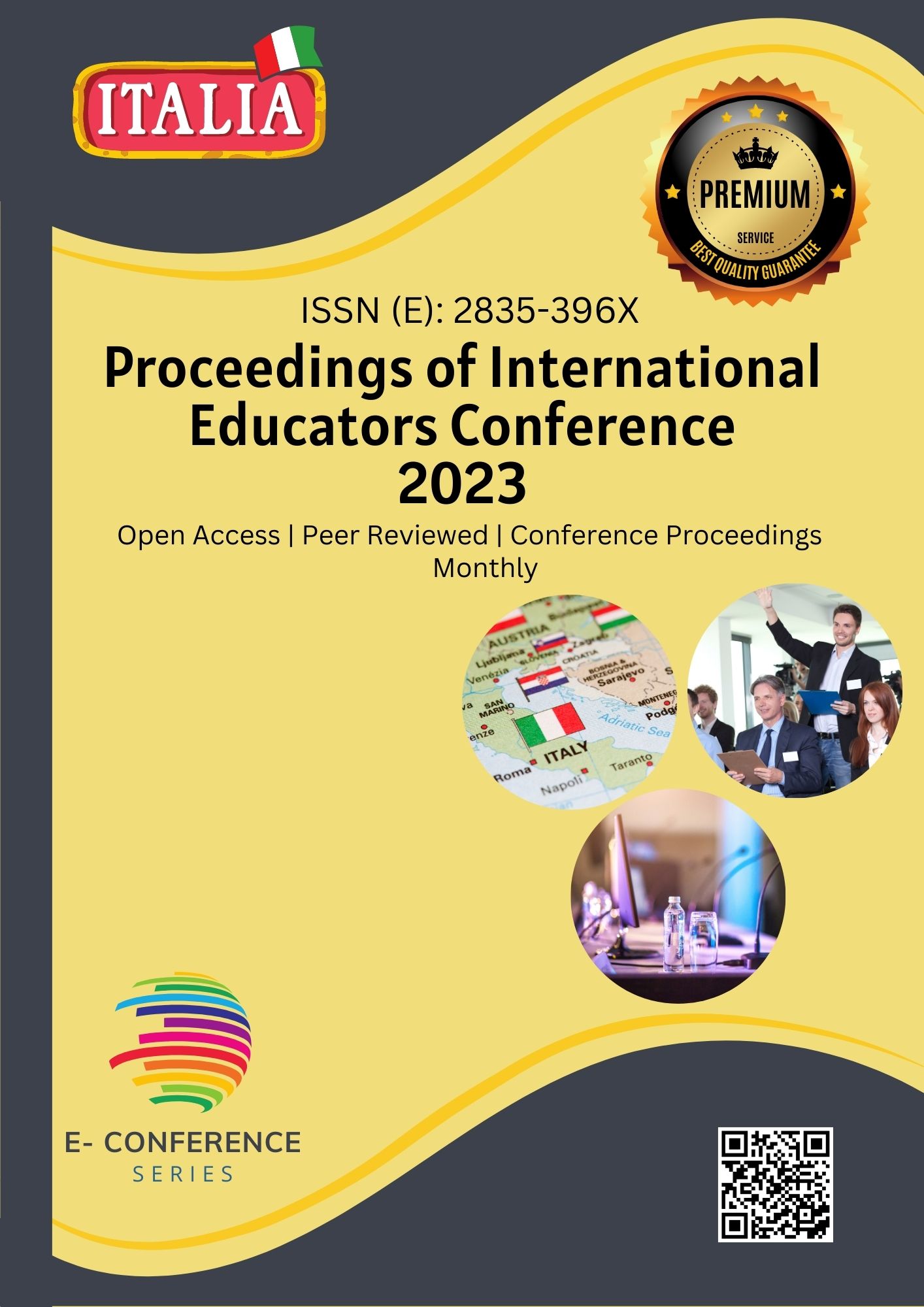YAPONIYADA ESHITISHIDA NUQSONI BOʻLGAN SHAXSLAR TA’LIMINING RIVOJI VA BUGUNGI HOLATI
Keywords:
Yaponiya jamiyati, JSL -Japan Sign Language, Yapon imo ishora tili, o'qituvchilar, maktab jamoasi, kar va zaif eshituvchi bolalar, oʻqitish usullariAbstract
Ushbu maqolada eshitish qobiliyati zaif bolalarning Yaponiya jamiyatiga integratsiyalashuvi, ularni tarixi, bugungi kundagi holati, Yaponiya kar bolalari maktablari oʻqitish usullari, Yaponiya tajribasi tahlili o'rganildi.
References
YANO, UIKO; MATSUOKA, KAZUMI (2018). "Numerals and Timelines of a Shared Sign Language in Japan: Miyakubo Sign Language on Ehime-Oshima Island". Sign Language Studies. 18 (4): 640–665
Honna, Nobuyuki; Kato, Mihoko (2003). "Establishing Sign Language in Deaf Education in Japan: A Sociolinguistic Approach" (PDF). Intercultural Communication Studies. 12 (3): 37–50.
Maher, John (June 1997). "Linguistic Minorities and Education in Japan". Educational Review. 49 (2): 115–127
Hayashi, Akiko; Tobin, Joseph (December 2015). "Contesting Visions at a Japanese School for the Deaf: Contesting Visions at a Japanese School for the Deaf". Anthropology & Education Quarterly. 46 (4): 380–396
Meisei Gakuen School for the Deaf – the only private bilingual / bicultural School for the Deaf in Japan". Education In Japan Community Blog. 2012-02-10. Retrieved 2022-11-29
Kudo, Tadashi (2010). "Japan's Employment Rate of Persons with Disabilities and Outcome of Employment Quota System" (PDF). Japan Labor Review. 7 (2) – via Japan Institute for Labor Policy and Training
“Special Needs Education School for the Deaf, University of Tsukuba". University of Tsukuba. Retrieved 2022-11-29.
Downloads
Published
Issue
Section
License

This work is licensed under a Creative Commons Attribution-NonCommercial 4.0 International License.








